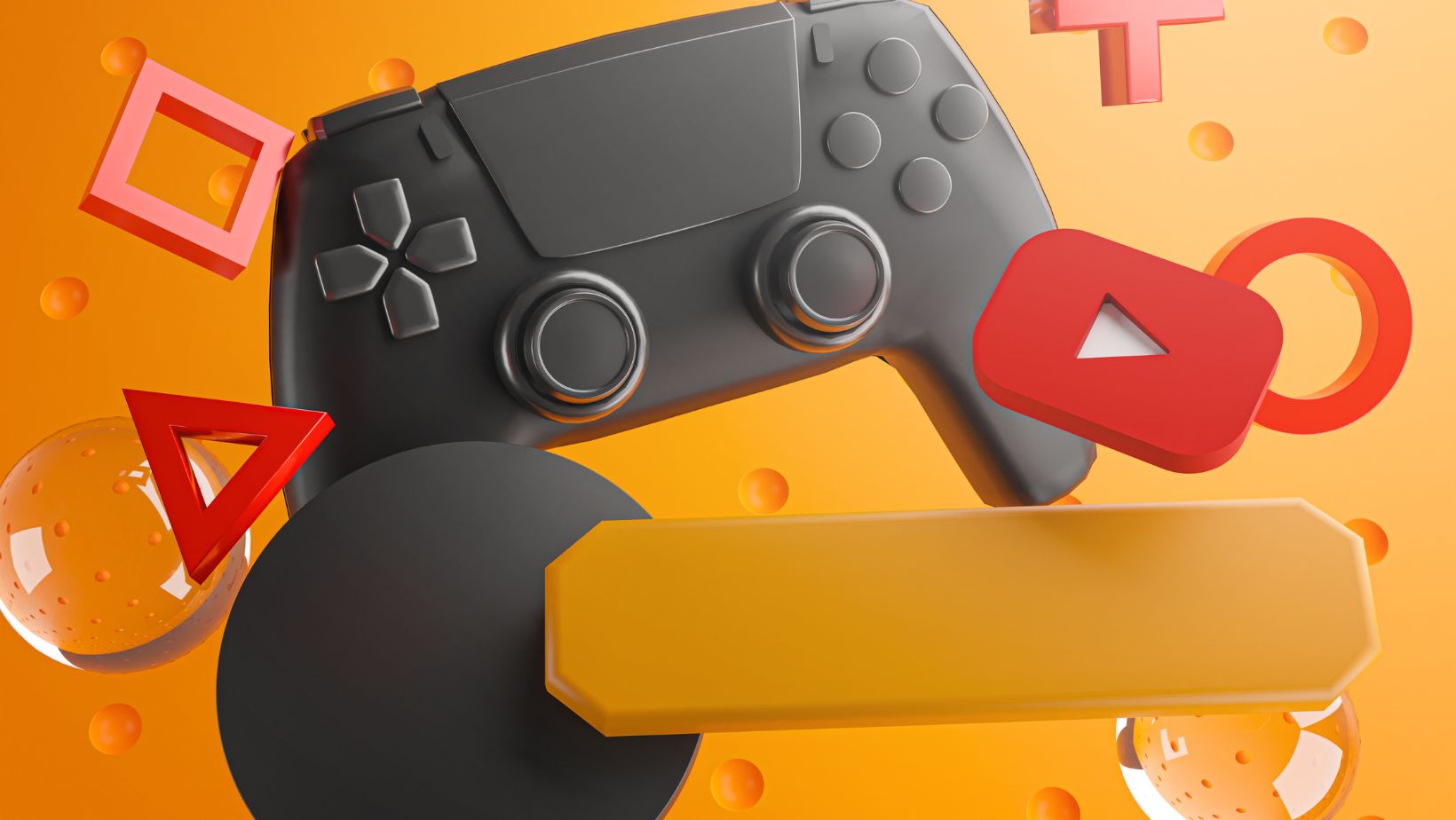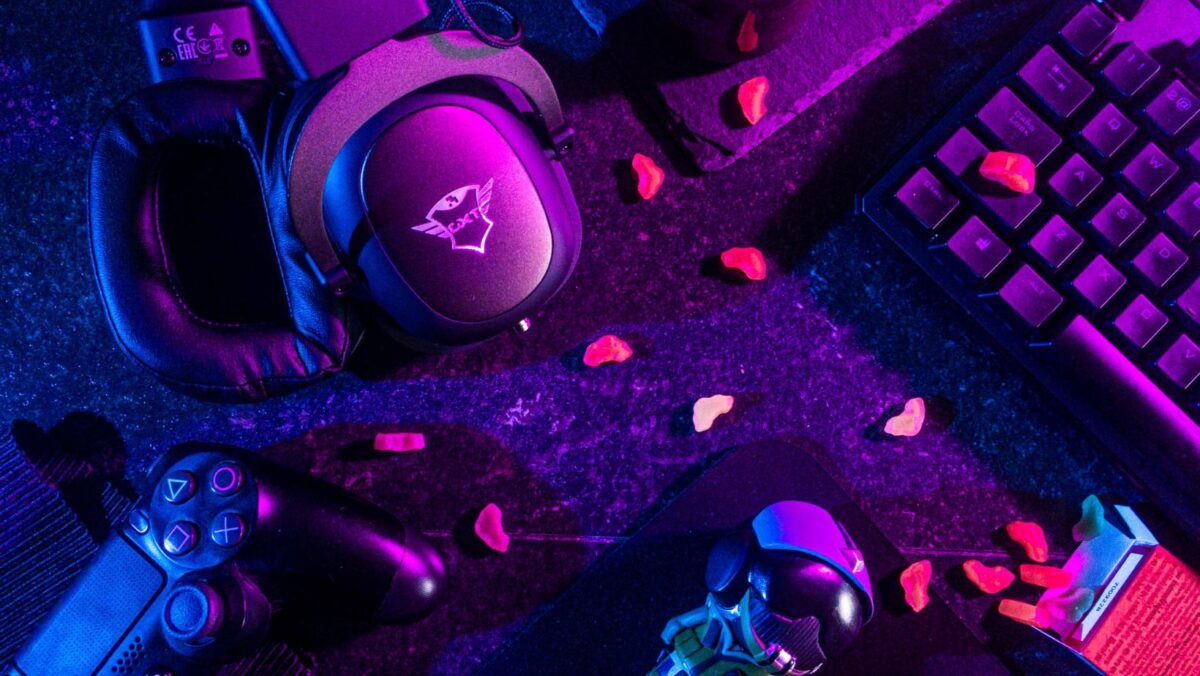When it comes to any game, one of the most recognizable and iconic elements is its logo. The game logo serves as a visual representation of the game itself, often incorporating key themes, colors, and typography that reflect the overall identity and atmosphere of the game. It’s not just a simple design; it’s a powerful symbol that helps create brand recognition and leaves a lasting impression on players.
The importance of a well-crafted game logo cannot be overstated. It acts as a visual hook, instantly capturing the attention of potential players and piquing their curiosity about what lies within. Whether it’s an intricate emblem or a sleek typographic treatment, the game logo has the power to convey essential information about the genre, style, and even narrative aspects of the game.
The Game Logo
Factors to Consider When Designing a Game Logo
When it comes to designing a game logo, there are several factors that should be taken into consideration. A well-designed logo can make a significant impact on the success of a game, as it serves as a visual representation of the brand and sets the tone for the overall gaming experience.
- Target Audience: Understanding your target audience is crucial in creating an effective game logo. Different genres appeal to different demographics, and your logo should reflect the interests and preferences of your intended players. For example, if you’re developing a casual mobile game aimed at younger audiences, you may want to incorporate vibrant colors and playful elements into your logo design.
- Simplicity: Simplicity is key when it comes to logo design. A cluttered or overly complex logo can be confusing and fail to leave a lasting impression. Aim for clean lines, minimal details, and clear typography that can be easily recognized even in small sizes or from a distance.
- Relevance: Your game logo should accurately represent the essence of your game. It should give players an idea of what they can expect when playing your game while piquing their curiosity. Whether it’s showcasing action-packed gameplay or hinting at mysterious puzzles, make sure your logo aligns with the core experience you’re offering.

Logo Color Psychology in Gaming
When it comes to the game logo, one crucial aspect that often goes unnoticed is the color choice. The colors used in a game’s logo can have a significant impact on how players perceive and engage with the game. In this section, I’ll delve into the fascinating world of logo color psychology in gaming.
- Red: A Powerful and Exciting Choice The color red is often associated with energy, power, and excitement. It grabs attention and evokes strong emotions. Many action-packed games opt for red in their logos to convey intensity and adrenaline-fueled gameplay experiences.
- Blue: Trustworthiness and Tranquility Blue is commonly associated with trustworthiness, reliability, and tranquility. Games that focus on strategy or puzzle-solving often incorporate blue into their logos to create a sense of calmness and intellectual engagement.
- Green: Nature, Growth, and Adventure Green symbolizes nature, growth, harmony, and adventure. It’s frequently used in gaming logos for titles set in lush environments or those revolving around exploration and open-world experiences.
- Yellow: Positivity and Optimism Yellow is a vibrant color that exudes positivity, happiness, warmth, and optimism. Games targeting younger audiences or those with cheerful gameplay mechanics often utilize yellow tones to create an inviting atmosphere.
- Black: Mystery and Sophistication Black represents mystery, elegance, sophistication, power, and authority. Many horror-themed games leverage black in their logos to evoke a sense of suspense while adding an air of intrigue to their brand identity.
- Other Colors: Other colors like orange (enthusiasm), purple (creativity), pink (playfulness), or white (purity) can also be spotted in gaming logos based on the desired mood or target audience.
It’s important to note that while these associations between colors and emotions are widely recognized by psychologists studying color theory; individual experiences and cultural differences can influence how people interpret colors.
In conclusion, the choice of colors in a game logo plays a vital role in shaping players’ initial perceptions and expectations. By strategically selecting colors that align with the game’s genre, theme, and target audience, game developers can effectively communicate the desired emotions and create a strong visual identity for their games.

